|

25 December 1999 |
|

18 December 1999 |
|

11 December 1999 |
|

4 December 1999 |
|

20 November 1999 |
|
 13 November 1999 |
|
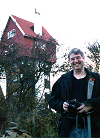
6 November 1999 |
|

30 October 1999 |
|

23 October 1999 |
|

16 October 1999 |
|

9 October 1999 |
|
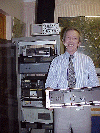
2 October 1999 |
|
 25 September 1999 |
|
 18 September 1999 |
|
 11 September 1999 |
|
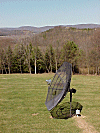
4 September 1999 |
|
 28 August 1999 |
|
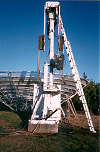 21 August 1999 |
|

14 August 1999 |
|

7 August 1999 |
|

31 July 1999 |
|

24 July 1999 |
|

17 July 1999 |
|

10 July 1999 |
|

3 July 1999 |
|
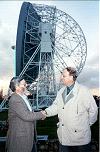
26 June 1999 |
|

19 June 1999 |
|
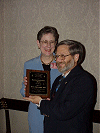
12 June 1999 |
|
 5 June 1999 |
|

29 May 1999 |
|

22 May 1999 |
|

15 May 1999 |
|

8 May 1999 |
|

1 May 1999 |
|

24 April 1999 |
|
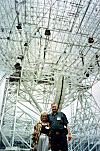
17 April 1999 |
|

10 April 1999 |
|
 3 April 1999 |
|
 27 March 1999 |
|

20 March 1999 |
|

13 March 1999 |
|

6 March 1999 |
|

27 February 1999 |
|

20 February 1999 |
|

13 February 1999 |
|

6 February 1999 |
|

30 January 1999 |
|

23 January 1999 |
|
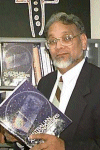
16 January 1999 |
|
 9 January 1999 |
|

2 January 1999 |
Click here for lots more pictures.
email the Webmaster | entire website copyright © The SETI League, Inc. this page last updated 11 January 2003 |
Top of Page |
 SETI League Photo Gallery
SETI League Photo Gallery
